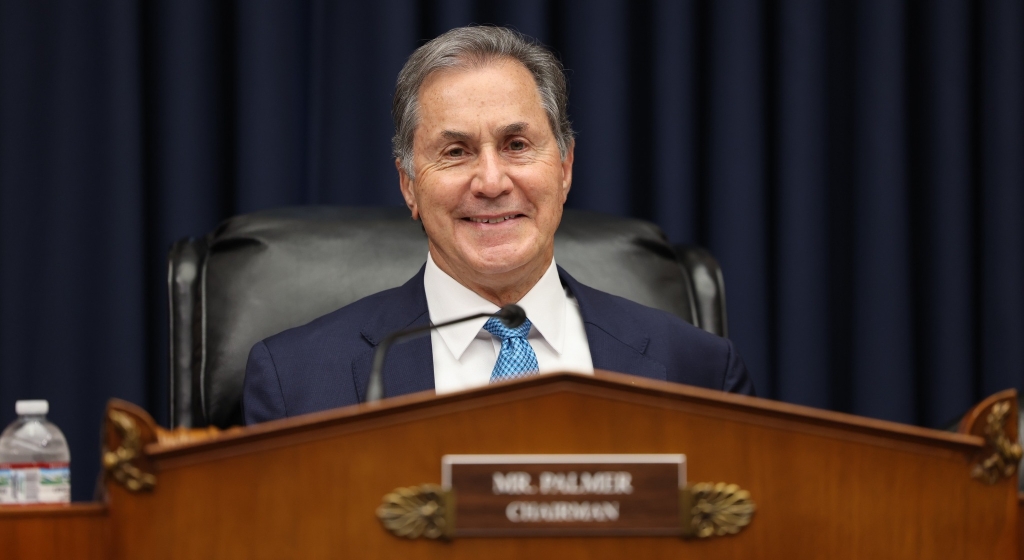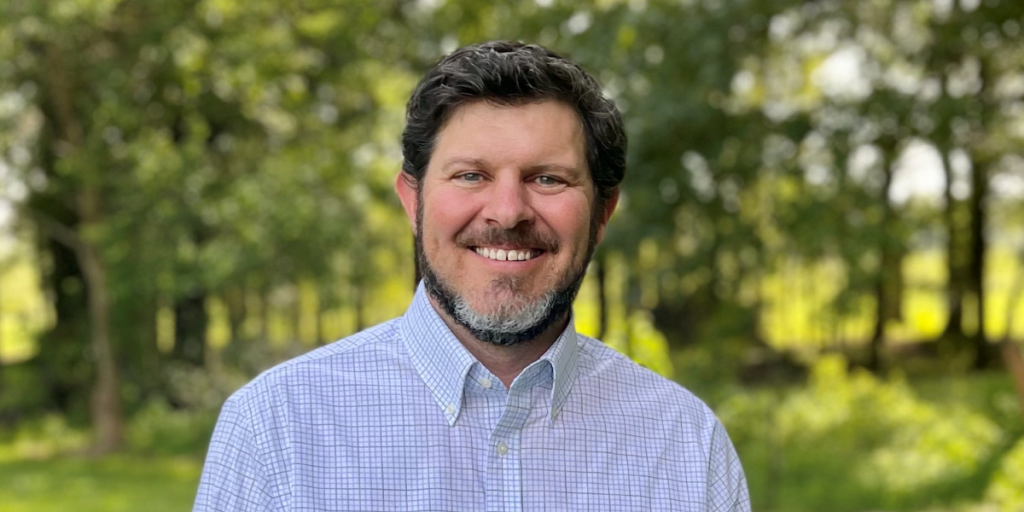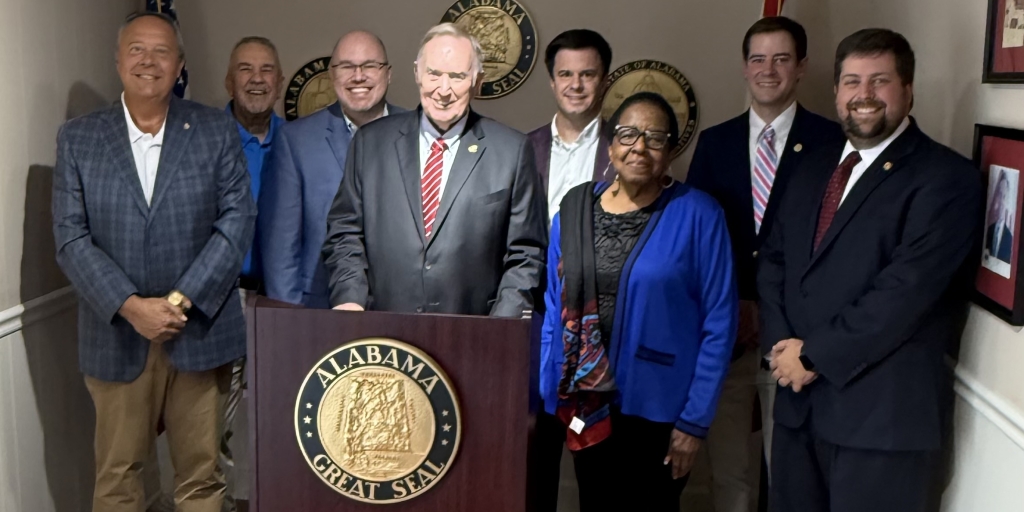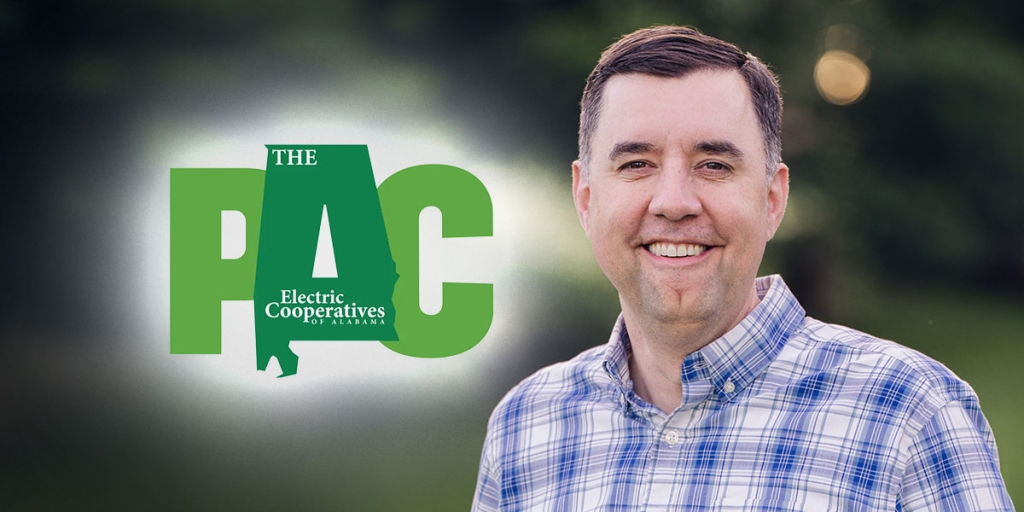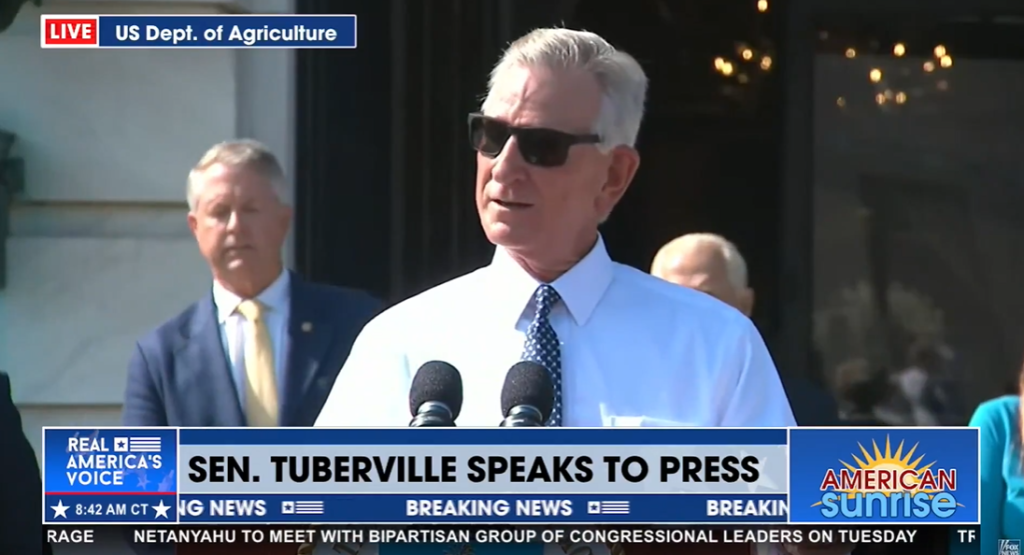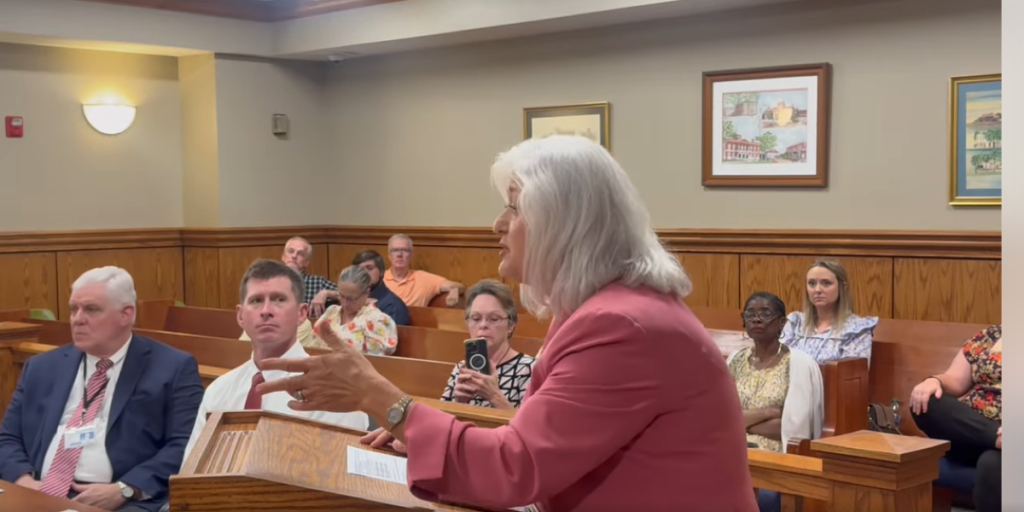HB229, sponsored by State Rep. Ron Bolton (R-Northport), is being promoted by the College Republican Federation of Alabama to highlight the native biodiversity that Alabama has to offer. The promotion of native grasses and conservation efforts creates benefits to Alabama’s ecosystems overall. These benefits include the ability of small mammals, wildflowers, and ground-nesting birds to thrive.
Before European settlement, large portions of Alabama were covered by vast grasslands and open savannas. These grasslands were maintained by a combination of natural factors, including periodic wildfires and grazing by large herbivores such as bison, elk, and deer.
Fire, in particular, played a crucial role in shaping Alabama’s grasslands, promoting the growth of fire-adapted species like little bluestem (Schizachyrium scoparium).
However, with the arrival of European settlers and the expansion of agriculture and urbanization, Alabama’s grasslands began to decline rapidly. Much of the state’s prairies were converted to farmland or lost to urban development, while fire suppression efforts led to the encroachment of heavy woody vegetation into formerly open habitats.
By the early 20th century, only small remnants of Alabama’s once-extensive grasslands remained, primarily in areas unsuitable for cultivation or development.
To help preserve Alabama’s native prairies and grasslands and promote native species the College Republican Federation of Alabama teamed up with the Native Habitat Project to work to name a native state grass for Alabama.
Little bluestem is found from North Alabama in Huntsville to the plains of the Wiregrass. Little Bluestem fosters healthier Alabama ecosystems by maintaining ecological balance and creating and enhancing habitats that support environmental heterogeneity.
Little Bluestem provides habitat and resources for a variety of plant and animal species that depend on grassland ecosystems. Its dense tufts offer nesting sites and cover for ground-nesting birds, such as bobwhite quail and eastern meadowlarks, while its seeds provide food for songbirds and small mammals.
By creating a diverse and structurally complex habitat, Little Bluestem enhances biodiversity and promotes the health of grassland communities. Little Bluestem is vital to the overall resilience of Alabama ecosystems by combating Alabama’s challenges regarding drought conditions and soil erosion.
Today, remnants of Alabama’s historic grasslands can still be found in scattered pockets throughout the state. These grasslands serve as important refuges for native biodiversity and provide valuable ecosystem services, such as soil stabilization, water filtration, and carbon sequestration.
By recognizing and preserving Alabama’s grassland and prairie heritage, we can ensure that future generations continue to benefit from the ecological and cultural richness of these unique landscapes.
The College Republican Federation of Alabama is happy to work to try and push HB229 through the legislature and work to provide an opportunity to highlight Alabama’s natural biodiversity and one of Alabama’s native grass species.
Hunter Weathers is a law student at the Thomas Goode Jones School of Law at Faulkner University and the Chairman of the College Republican Federation of Alabama.







